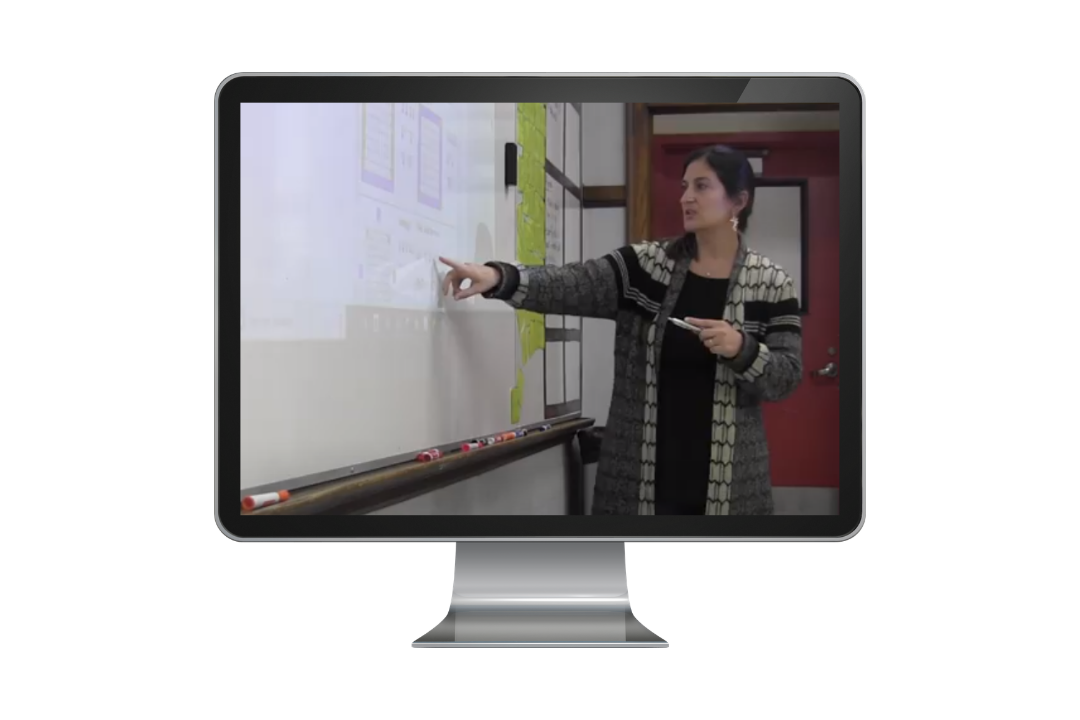
FEEL LIKE YOUR KIDS ARE BEHIND?

GET MY ENTIRELY FREE RESOURCE BUNDLE:
10 High-Impact Strategies & 'How To' Guides, Daily Planning Guide, & Deficit vs. Asset-Based Language in Math Chart
FEEL LIKE YOUR KIDS ARE BEHIND?

CUSTOM JAVASCRIPT / HTML
Description:
How many times have you taught a math lesson and thought your students ‘got it’ only to find out weeks later that something didn’t stick? It’s beyond frustrating and leaves teachers with a tough choice - move on knowing there’s unfinished learning OR spend more time on the topic and risk pacing challenges later on in the year.
While we shouldn’t expect every student to master every skill or concept the very first time, there ARE strategies we can use to increase our chance of students retaining their learning. Listen in to gain insights about how our brain learns and stores information, along with four concrete ways to make learning stickier for your students.
Summary & Highlights:
In this episode, Chrissy interviews Dr. Teresa Patitucci, Assistant Professor at the Medical College of Wisconsin -- who also happens to be Chrissy’s sister. Dr. Patitucci teaches anatomy and neuroscience to medical, graduate, and pharmacy students, focusing on the structure of the body & and brain. In their conversation, Dr. Patitucci (Tess) shares:
- information about the parts of the brain related to learning retention
- how learning is essentially the same as making a series of memories
- an analogy to illustrate the differences between working memory, short term memory, and long term memory
-
how information moves from short term to long term memory
- four factors that influence our ability to retain and recall information:
1. organization of information - emphasize key points, help students to understand which information is most important, help them ‘file’ the information in folders and subfolders
2. multiple ways to access the information - help students see connections between information, make it as intuitive as possible so students can ‘find’ the information easily
3. context - the more you can relate something to another thing they already have stored (relate to , something they understand, the more likely you’ll be able to find it again
4. emotion - memories that are connected to stronger emotions are stickier, if our brains think something is important then our emotions color it with importance
Resource Links:

